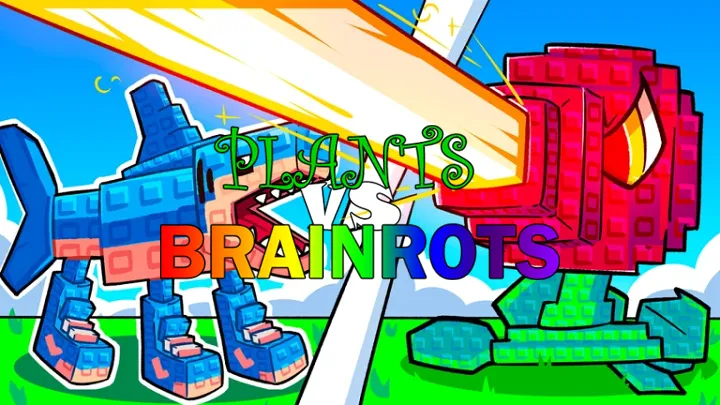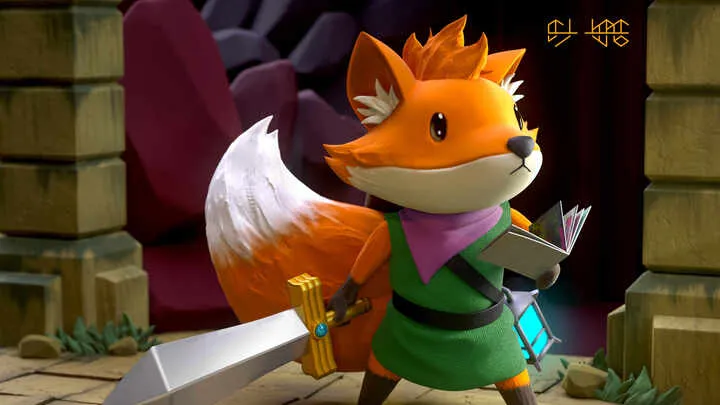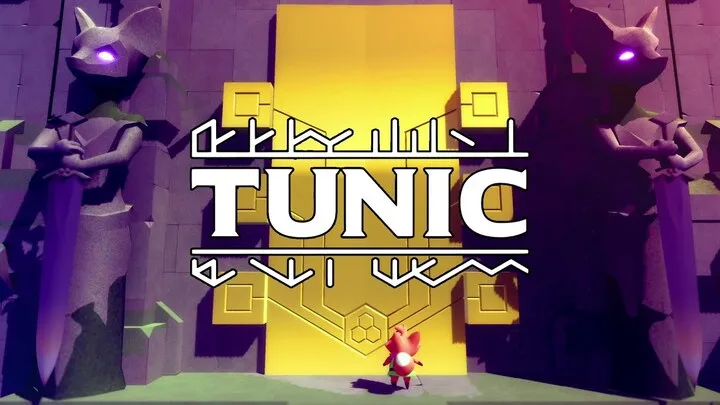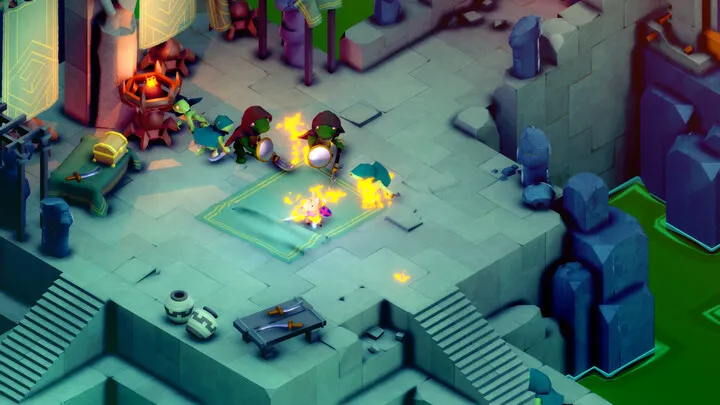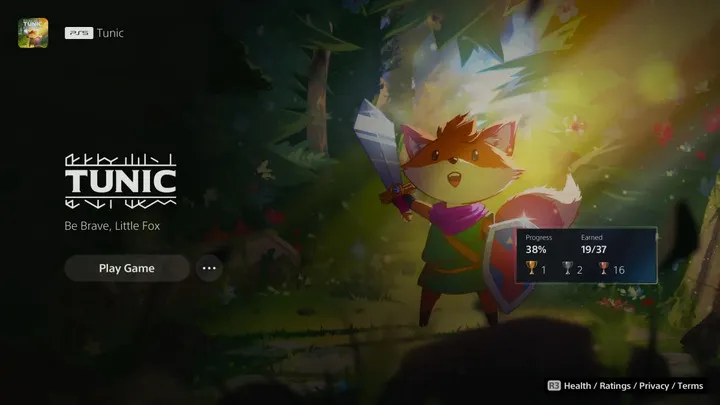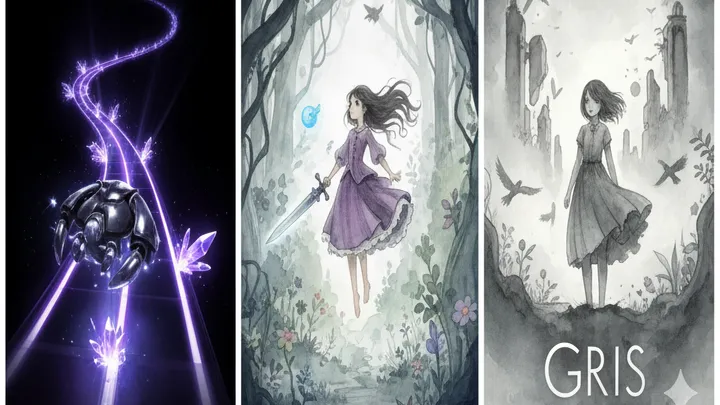When TUNIC first released, players were immediately struck by its resemblance to classic adventure titles. The fox protagonist, isometric world design, and combat mechanics echoed familiar legends of the past. But what truly sets TUNIC apart is not just its homage to older games, but its bold use of a mysterious in-game manual.
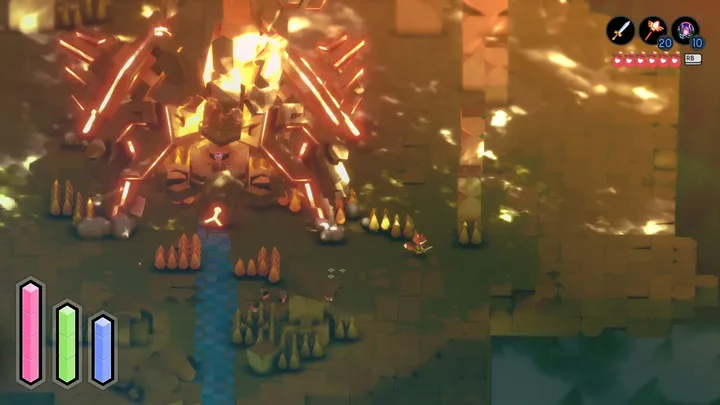
This manual is not merely an accessory—it is the beating heart of TUNIC. Written in an indecipherable language, fragmented across the world, and filled with cryptic diagrams, the manual shapes both narrative and gameplay. To understand TUNIC is to understand the role this manual plays: a mechanic of discovery, a storytelling device, and a bridge between player and world.
The First Encounter with the Manual
The manual’s first appearance is subtle, even underwhelming. Players find a page scattered on the ground, displayed in a book-like interface.
A Cryptic Document
Instead of direct instructions, the page is filled with strange glyphs, partial images, and hints that feel half-hidden. It establishes a tone: the game will not hold your hand.
Curiosity as a Mechanic
Unlike tutorials in most games, TUNIC demands curiosity. The manual sets expectations that players must actively decode, making interpretation itself a form of gameplay.
The Manual as World-Building
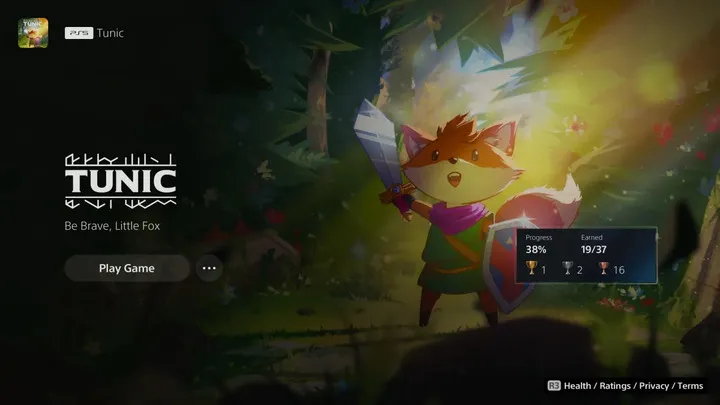
Beyond gameplay, the manual shapes the mythos of TUNIC.
A Relic of the In-Game World
The manual feels like an artifact that belongs in the universe. It’s as though the characters once used it, and now the player has stumbled upon their forgotten guide.
Building Lore Through Mystery
Instead of explicit lore dumps, the manual conveys culture and history through subtle cues. Illustrations of statues, symbols of relics, and snippets of untranslated text hint at the fox’s role in a larger narrative tapestry.
The Language Barrier
Perhaps the most striking element is the use of an indecipherable language.
Visual Storytelling Over Text
Because most of the text is unreadable, players rely on imagery, placement, and context. A sword icon next to a shrine, or arrows pointing to an enemy, conveys meaning without translation.
The Act of Interpretation
This design puts players in the same shoes as the fox protagonist. Both are outsiders piecing together a mysterious world. The barrier itself becomes part of the emotional journey.
Manual as Puzzle
The manual is more than just documentation—it is a puzzle in itself.
Interconnected Pages
Players collect pages out of order, forcing them to backtrack and re-evaluate earlier discoveries. New pages cast fresh light on old puzzles.
Layers of Meaning
For example, an early page may depict a locked door, but only when paired with a later page does the full solution emerge. The manual thus functions as an evolving puzzle, rewarding persistence and patience.
Manual and Player Agency
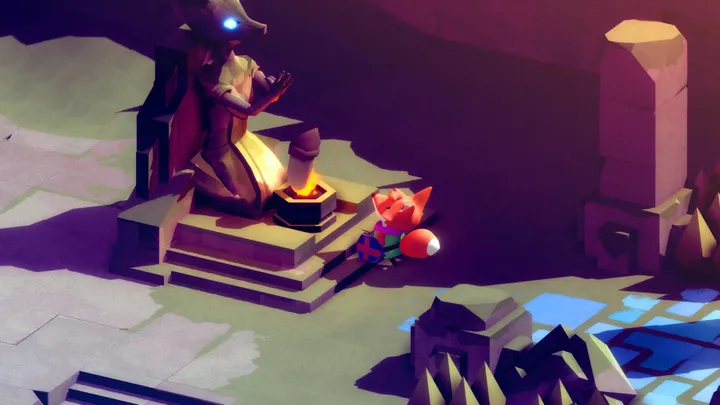
The manual directly influences how much agency the player feels in their journey.
Freedom of Interpretation
Because the manual never explicitly tells you what to do, players shape their own theories. Some may see a sketch as a map, others as symbolic art. The truth unfolds through experimentation.
Encouraging Experimentation
This creates a feedback loop: interpret, test in-game, refine. Every discovery feels personal, as though the player authored their own solution.
Nostalgia and the Retro Connection
The manual’s design draws heavily from the retro era of gaming.
Inspired by Physical Manuals
In the 1980s and 90s, game boxes often came with illustrated manuals filled with lore, tips, and whimsical art. TUNIC reimagines this tradition digitally, reviving a lost art form.
Childhood Memories of Discovery
For older players, flipping through TUNIC’s manual sparks nostalgia. For younger players, it offers a glimpse into a gaming tradition where discovery wasn’t handed out but earned.
Manual as Emotional Anchor
The manual isn’t only about knowledge—it’s emotional.
Discovery as Emotional Reward
When a player suddenly understands a symbol or solves a puzzle thanks to a new page, the sense of triumph is profound. It mirrors the protagonist’s journey of growth.
Connection Between Player and Fox
Both manual and fox share a bond: each is navigating a fragmented world, incomplete and searching for meaning. This alignment creates empathy between player and avatar.
The Manual and Narrative Progression
As the story progresses, the manual mirrors the unfolding journey.
Gradual Revelation
The more pages you collect, the more coherent the manual becomes. Similarly, the more you progress, the more the story clarifies. The two are intertwined.
A Story Within the Manual
Certain pages even reveal shocking twists or hidden truths, meaning the manual itself contains part of the game’s plot—not just instructions.
Manual as Meta-Design
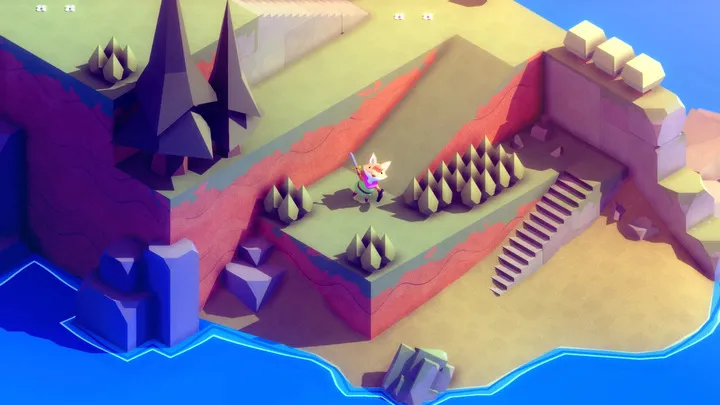
On a meta level, the manual critiques and plays with game design itself.
Subverting Tutorials
Most modern games use structured tutorials. TUNIC asks: what if the tutorial was itself a puzzle? It challenges conventions about how knowledge is delivered to players.
Commentary on Play
The manual blurs lines between artifact and interface. Is it part of the game, or part of the player’s world? This ambiguity makes it both playful and profound.
The Legacy of TUNIC’s Manual
The manual will likely influence future game design beyond TUNIC.
A Blueprint for Discovery
It demonstrates that withholding information can sometimes be more engaging than giving it away. The act of discovery becomes the reward.
Expanding Narrative Tools
By embedding narrative into an in-game manual, TUNIC shows new ways games can tell stories beyond cutscenes or dialogue. It expands the vocabulary of interactive storytelling.
Conclusion
The in-game manual of TUNIC is more than a quirky design choice—it is the soul of the experience. It functions simultaneously as a puzzle, a piece of world-building, a nostalgic callback, and a narrative tool. By requiring players to decode its meaning, it transforms passive gameplay into active discovery.
For players, every page collected is not just progress but participation in a shared act of meaning-making. For the industry, TUNIC’s manual is a reminder that games can innovate not by adding complexity, but by reimagining how information is given and withheld.
In this way, TUNIC transcends being a simple adventure game. It becomes a story about language, mystery, and the joy of figuring things out—together with the fox, one page at a time.
